Amazon’s list of 20 finalists for its second headquarters is here. Now it’s time to cut it.
Narrowing the list of 20 city-finalists for Amazon’s second headquarters—HQ2—should not be based on which one will give Jeff Bezos, now the richest person on earth, and his company, one of the most valuable in the world, the greatest financial return. The tax breaks offered by the bidding cities and states will assure that Amazon will have the economic and business conditions to thrive. Shrinking the list is about making a broader impact, and that should be based on what value Amazon will add to the selected city or even the country.
What good are the 50,000 new jobs the HQ2 is proposed to bring if the current population can’t access or benefit from them?
Whether or not Amazon can bring value to a city is really predicated on how much it contributes to and accelerates that place’s inclusivity—defined as how growth is distributed among different types of individuals. Bezos has an opportunity to provide a vision for an America that citizens and residents desperately need in this moment of political unrest, racial division, and global discord. Put simply, Bezos can bring disparate people together through work. Building off the strength that American cities’ diversity offer will give Bezos the moonshot and landing he sought through the competition. And if he is to build from the current diversity that the list* of 20 finalist cities has to offer, and indicate a serious focus on advancing inclusion, the list should be further winnowed down to these five cities (in no particular order):
- Austin, TX
- Raleigh, NC
- Los Angeles, CA
- Nashville, TN
- Denver, CO
Bezos has an opportunity to provide a vision for an America that citizens and residents desperately need in this moment of political unrest, racial division, and global discord.
We based this chart below on the numerical diversity among the finalists, as well as how well these cities maximize their diversity based on a measure of inclusion. Population and unemployment data were used alongside more robust measures of inclusion. Through its Metro Monitor analysis, the Brookings Institution tracks the economic performance of the nation’s 100 largest metropolitan areas along three dimensions: growth, prosperity, and inclusion. It ranks cities partially from its inclusion indicators, which were employed for this exercise. Inclusion indicators measure how the benefits of growth and prosperity in a metropolitan economy—specifically, changes in employment and income—are distributed among individuals.

What’s missing from our ranking, however, is how much capacity and political will these places are prepared to bring to the task of recruiting and preparing a diverse labor pool. How are they leveraging their educational and workforce programs to address Amazon’s projected jobs—and what are they doing to ensure that they can present a pool of qualified candidates that includes people of color? Without reading the proposals, most of which are not publicly available, we don’t know the answer to that, but our unsolicited advice to Bezos is to weigh that component heavily.
In a browning America (by 2044, whites are projected to no longer comprise a racial majority in the United States), Amazon won’t miraculously create a more diverse workforce. However, by targeting the factors of diversity and inclusion, Bezos can create a model for companies to follow that maximizes the talent that our changing racial demographics present. Building upon the levels of inclusion that a current city already possesses can increase the diversity among the Amazon workforce as well as spur economic growth in ways that only diversity can.
By targeting the factors of diversity and inclusion, Bezos can create a model for companies to follow that maximizes the talent that our changing racial demographics present.
Here’s how Amazon’s management staffing currently stands: Amazon managers in the U.S. are 66 percent white, 21 percent Asian, 5 percent Hispanic, and 5 percent black, according to 2016 self-reported data. The entire Amazon workforce looks more like the country’s population, with employees that are 48 percent white, 21 percent black, 13 percent Asian, and 13 percent Hispanic.
However, the opportunity for Bezos to radically change an industry (tech) in which black people make up less than 5 percent can’t be understated.
Self-described “income advocate” Scott Santens offered this important perspective via Twitter today: “Compare Amazon’s HQ2 finalist map with a map of where 50% of our GDP is coming from. Notice anything striking? We just love to throw money where the most money is already piled instead of where it’s most needed.” Santens attached to his tweet two nearly identical maps to illustrate the point.
The opportunity for Bezos to radically change an industry (tech) in which black people make up less than 5 percent can’t be understated.
But some of the cities on the list are more inclusive than others, and it’s vitally important to note that building upon that strength can make a difference, whether or not the competition creates inequality or reduces it.
Selling the farm to Amazon should get you something – that something should be inclusion.
*Our analysis did not include Toronto due to data incongruence.
The Brookings Institution is committed to quality, independence, and impact.
We are supported by a diverse array of funders. In line with our values and policies, each Brookings publication represents the sole views of its author(s).

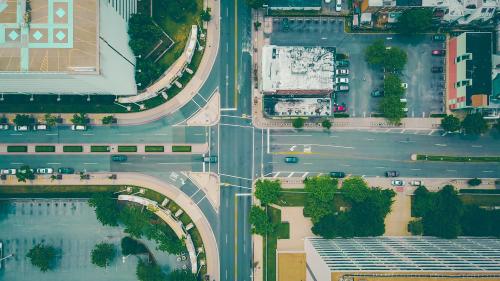
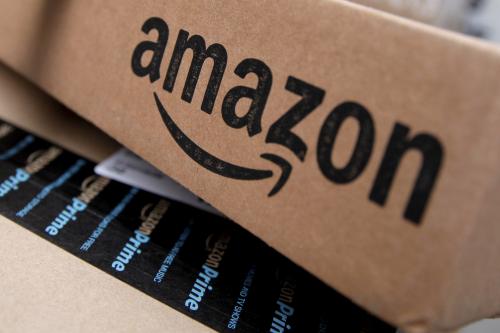

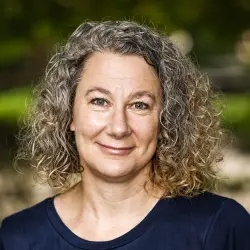
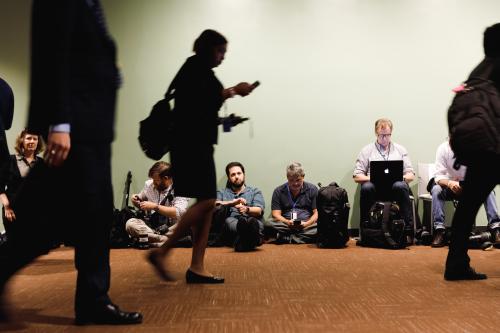
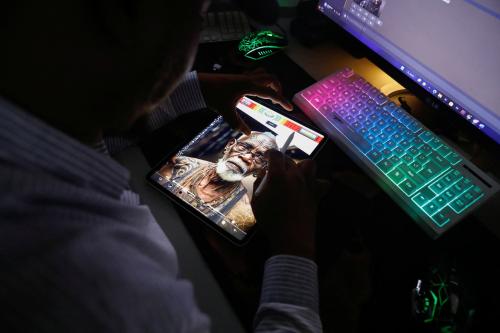

Commentary
Here’s what happens when inclusion is factored into Amazon’s list of 20 HQ2 city finalists
January 18, 2018